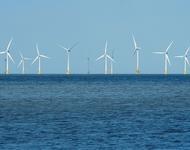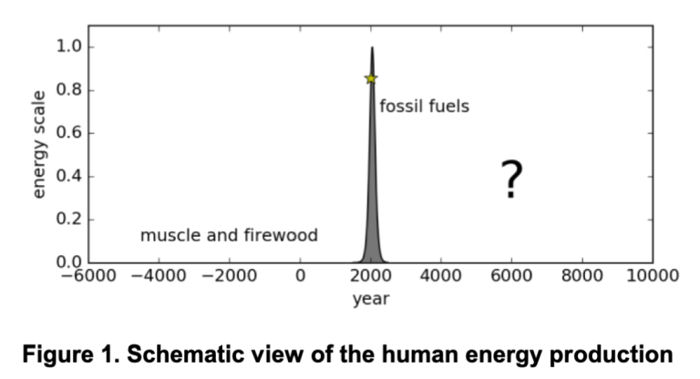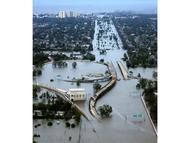The Administration war on fossil fuels continues, with reduced lease sales, lease cancellations, new emissions rules for electric powerplants and gasoline and diesel vehicles and electric vehicle mandates.
The Administration has less than half a plan for the “all-electric everything” transition. Plans are in place for fossil powerplant shutdowns and reduced availability of oil and natural gas. However, there are no plans in place for replacement of the dispatchable fossil fueled generating capacity with dispatchable renewable generation or a combination of intermittent renewable generation and grid storage. There are also no plans in place for the timely expansion of grid capacity.
A recent study by Dr. Roy Spencer has determined that the Urban Heat Island Effect (UHI) doubles actual warming. While the study focused on the US, it is highly likely that the effect pervades the entire global record.
A recent study by Drs. Roy Spencer and John Christy calculates that Equilibrium Climate Sensitivity (ECS) to atmospheric CO2 is less than 1.9°C, rather than the 2.5-4.5°C projected in IPCC AR6. Based on this work, there is no climate crisis, existential or climate emergency.
Dr. Roger Pielke, Jr. reports that the IPCC has determined that RCP 8.5 is implausible and should not be used as a “business-as-usual” scenario in future climate studies. Actual warming has been occurring at a pace lower than projected by RCP 4.5. However, governments and many climate scientists continue to use RCP 8.5 to create “scary scenarios” of future climate catastrophe.
IPCC AR6 reports that extreme weather is not getting more frequent or intense, though this position is contradicted by the AR6 Summary for Policymakers, numerous governments and environmental organizations and the media.
Dr. Roger Pielke, Jr. reports that extreme weather damage is declining relative to global GDP, though the current dollar cost of the damage continues to increase. This increase is largely due to inflation of property values and the construction of additional infrastructure in areas prone to damage from extreme weather events.
Dr. William Happer and William Van Wijngaarden have determined that the effect of CO2 in the atmosphere is essentially saturated, so that additional atmospheric CO2 will have minimal effect on global near-surface temperatures.
Dr. David Wojick reports that offshore wind development is currently being challenged by increasing costs, attributed to inflation, supply chain disruptions and greater-than-predicted maintenance costs and failure rates. US offshore wind development is also being challenged because of its adverse effects on marine mammals.
Robert Brice reports that public resistance to renewable development is increasing, with numerous rejections of proposed wind and solar developments.
The UK, Germany and other EU countries have begun delaying Net Zero mandates in the face of rapidly rising energy costs and threats of energy shortages.
The Inflation Reduction Act doesn’t reduce inflation, but is actually increasing inflation by rapidly increasing taxpayer funding for renewable generation infrastructure, electric vehicle charging facilities and electric vehicle incentives in the face of supply chain disruptions.
Meanwhile, electric vehicle inventories have grown to over 100 days as manufacturers increase production faster than growth in market demand.
Packaging, marketing, advertising and even incentives are meaningless “if the dogs won’t eat the dog food”. (HT: G. W. Myler)
 The Right Insight is looking for writers who are qualified in our content areas. Learn More...
The Right Insight is looking for writers who are qualified in our content areas. Learn More...













